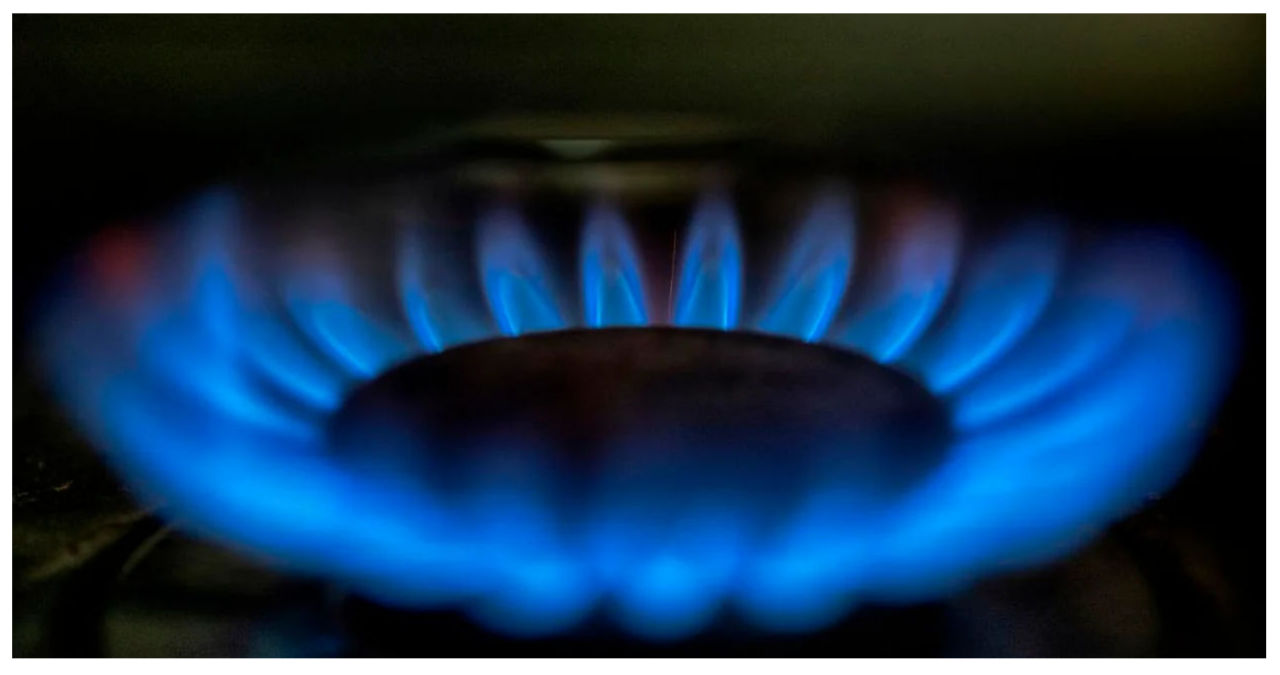California is considering a new regulation that would mandate all newly sold gas stoves in the state to bear a label cautioning users about the potential release of pollutants that have been associated with respiratory ailments.
The state Senate has given its approval to a proposal on Monday, which mandates the inclusion of a label on gas stoves or ranges. This requirement applies to products made or sold online after 2024, or sold in physical stores after 2025. The bill will now move forward to the state Senate for further consideration.
Proponents argue that this legislation is crucial in tackling childhood asthma and other respiratory issues. They believe it is a necessary step forward to address these health concerns. On the other hand, opponents claim that this legislation is unnecessary. They suggest that the state should instead prioritize promoting better ventilation in buildings as a means to enhance air quality.
Assemblymember Gail Pellerin, a Democrat representing part of Santa Cruz County, emphasized the lack of awareness surrounding the health risks associated with gas stoves. She stated, “Despite the growing body of evidence, this information is not widely known.” Pellerin believes that the proposed bill will play a crucial role in empowering consumers to make informed decisions when purchasing gas stoves and oven appliances.
The bill was passed mostly by members of the same political party, and there was no discussion or debate about it.
The label will inform users about the potential risks of inhaling high concentrations of chemicals like nitrogen dioxide, carbon monoxide, and benzene. It would caution that such exposure could worsen existing respiratory conditions and increase the likelihood of developing leukemia and asthma, particularly in children. Additionally, the label would emphasize the importance of ventilation in reducing the risk of exposure to these chemicals.
Gas stoves have sparked heated political debates in recent years regarding climate policy, childhood health, and consumer choice. In 2019, Berkeley, California, made headlines by becoming the first city in the United States to implement a ban on natural gas in new homes and buildings. However, this law was later challenged by the California Restaurant Association and subsequently blocked by the courts. Recently, the city decided to suspend the enforcement of its policy following the federal court’s refusal to hear an appeal.
Jenn Engstrom, the state director of the California Public Interest Research Group (CALPIRG), a nonprofit advocacy group, stated that the latest proposal in California drew inspiration from a bill in Illinois that has not been approved.
New York state has followed in California’s footsteps by implementing a law that prohibits the use of natural gas stoves and furnaces in the majority of new buildings from 2026 onwards. In a similar vein, the U.S. House of Representatives, which was under Republican control at the time, passed a bill last year aiming to prevent the use of federal funds to regulate gas stoves as hazardous products. However, this bill is still awaiting approval from the Senate.
In the 1980s, California voters passed a law that mandates warning labels on gas stoves and other products containing chemicals that are known to cause cancer, birth defects, and reproductive harm. However, this year’s proposed label would take it a step further by also including information about respiratory illnesses.
According to The Association of Home Appliance Manufacturers, around 40% of households in the United States use gas as their primary heat source for cooking. This statistic is in direct opposition to the California bill.
According to spokesperson Jill Notini, simply adding another label to gas cooking products fails to address the broader issue of indoor air quality during cooking. She emphasizes that all forms of cooking, regardless of the heat source, produce air pollutants, particularly at high temperatures.
According to the California Air Resources Board, individuals can enhance ventilation during cooking by utilizing a range hood that vents to the outdoors. For those without a range hood in their kitchens, the agency suggests using a fan or opening windows while cooking.
According to Dr. Lisa Patel, a pediatrician and executive director of the Medical Society Consortium on Climate and Health, there is increasing evidence indicating that the chemicals emitted by gas stoves can exacerbate respiratory symptoms in individuals with conditions like asthma. Additionally, there is a growing concern that these emissions may be linked to the development of childhood asthma cases. Dr. Patel draws a parallel between the current debate surrounding gas stoves and previous battles to regulate seatbelts and tobacco products, highlighting the contentious nature of the issue.
“We find ourselves in a situation where something that has long been a staple in our households is now being deemed harmful to our health,” Patel expressed. “It’s not that it wasn’t detrimental to our well-being all along, but rather that we lacked the necessary data until now. The availability of this data has brought the issue to light.”



